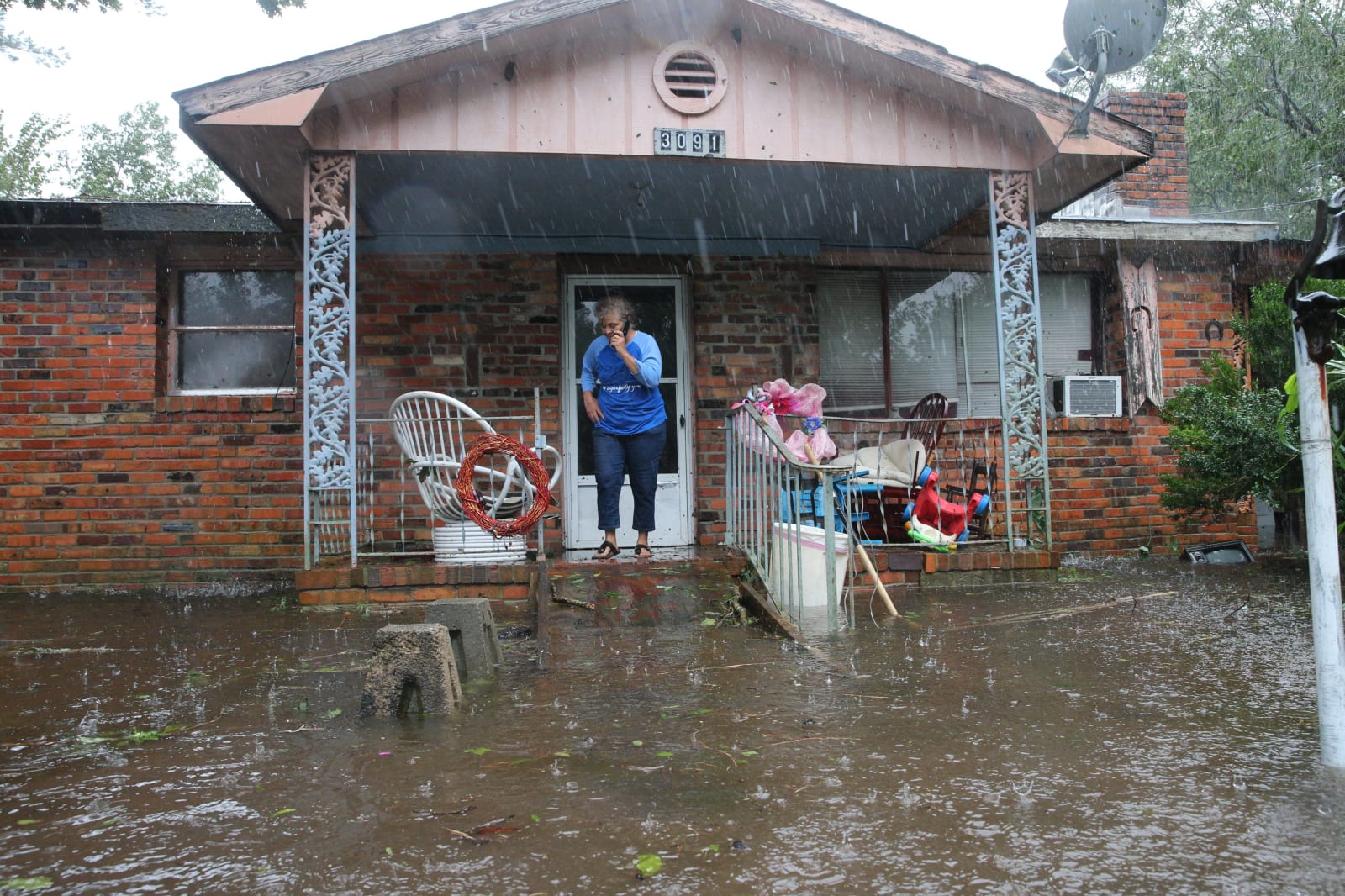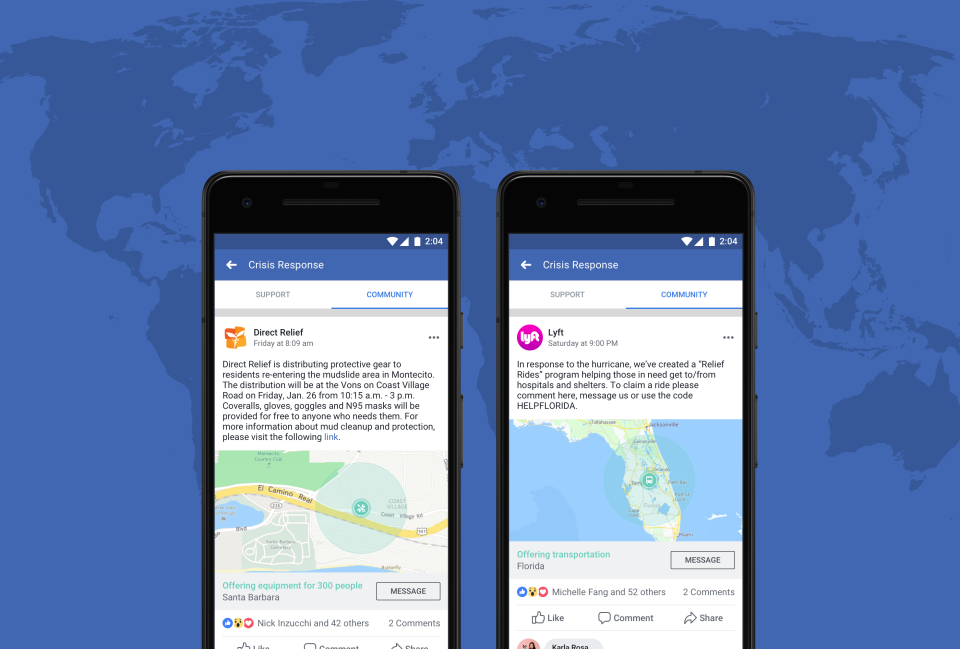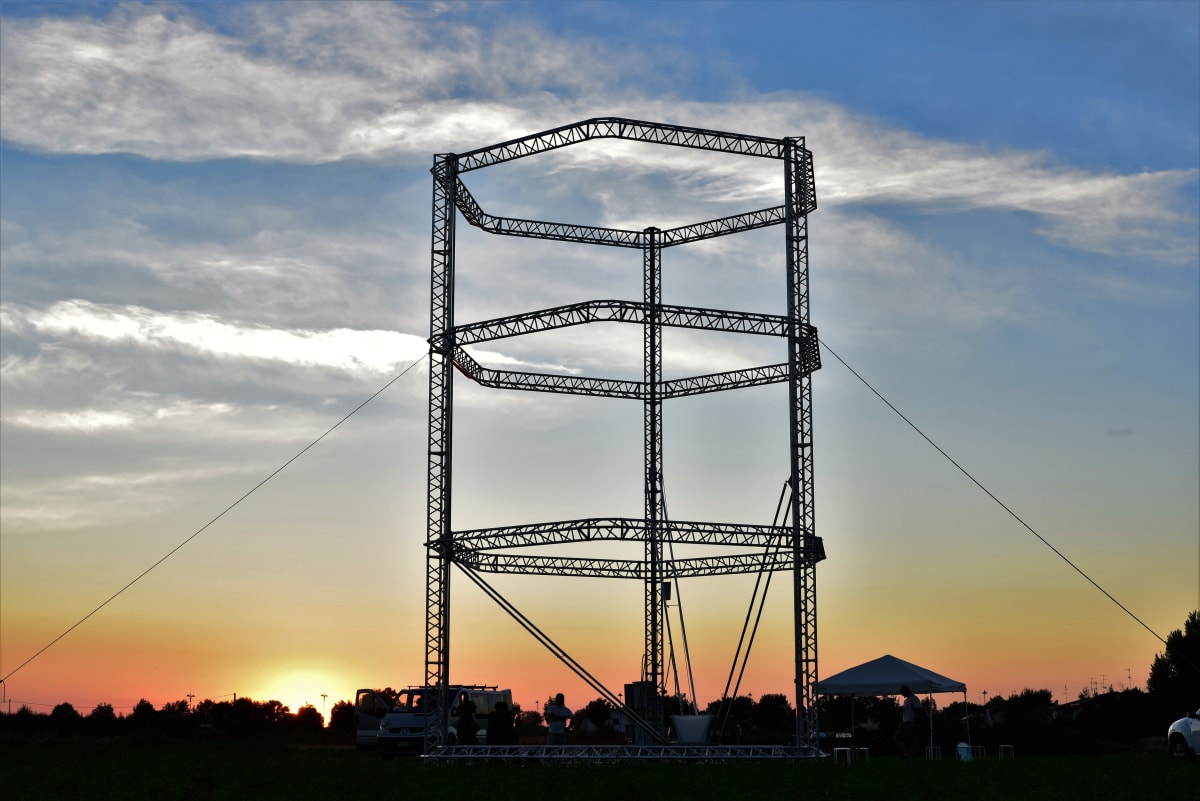
It's easy to assume that the greater mysteries of the universe should require our space agency's utmost attention -- take that mission to Mars, for example. But not all of NASA's endeavors are focused on the bookends of the cosmos. In fact, the ISERV Pathfinder (short for International Space Station SERVIR Environmental Research and Visualization System), a new imaging instrument developed and constructed by its Marshall Space Flight Center, will turn a fixed eye on planet Earth from its ISS berth when it goes operational this coming November. A scheduled July 20th launch aboard Japan Aerospace Exploration Agency's H-II Transfer Vehicle will ferry the device to its final destination, making it the first of an eventual series of sensor-laden "Earth-observing instruments" designed to track natural disasters, as well as climate change across various populations. Once assembled by the crew and affixed to the station's Destiny window, the system's camera will be used to map the globe and disseminate satellite imagery and data to developing nations for preventive planning and relief purposes. Sure, it's not as exciting as a fly by of Pluto's newly discovered moon, but this one's for the greater good, folks. Check out the official presser after the break.
Continue reading NASA ISERV Pathfinder to link up with ISS, keep an eye out for natural disasters
NASA ISERV Pathfinder to link up with ISS, keep an eye out for natural disasters originally appeared on Engadget on Fri, 20 Jul 2012 00:02:00 EDT. Please see our terms for use of feeds.
Permalink | |
Email this |
Comments
 With the recovery from Hurricanes Florence and Michael still underway, the FCC wants to know how well wireless networks will cope with the next crisis. The regulator is launching a review of the Wireless Resiliency Cooperative Framework, a voluntar...
With the recovery from Hurricanes Florence and Michael still underway, the FCC wants to know how well wireless networks will cope with the next crisis. The regulator is launching a review of the Wireless Resiliency Cooperative Framework, a voluntar...
 With the recovery from Hurricanes Florence and Michael still underway, the FCC wants to know how well wireless networks will cope with the next crisis. The regulator is launching a review of the Wireless Resiliency Cooperative Framework, a voluntar...
With the recovery from Hurricanes Florence and Michael still underway, the FCC wants to know how well wireless networks will cope with the next crisis. The regulator is launching a review of the Wireless Resiliency Cooperative Framework, a voluntar...
 Facebook has been evolving its Safety Check feature over the last year, adding complementary capabilities to go alongside it and building it into a crisis hub. Last February, Facebook introduced Community Help, a feature that allowed users to find an...
Facebook has been evolving its Safety Check feature over the last year, adding complementary capabilities to go alongside it and building it into a crisis hub. Last February, Facebook introduced Community Help, a feature that allowed users to find an...
 It's been a heck of a year. And as 2017 draws to a close, a bunch of web giants are on hand to remind us of what we got up to on their services. Twitter had us raging, Facebook saw us praying for victims of tragedies, and now Google (the biggest of t...
It's been a heck of a year. And as 2017 draws to a close, a bunch of web giants are on hand to remind us of what we got up to on their services. Twitter had us raging, Facebook saw us praying for victims of tragedies, and now Google (the biggest of t...
 The design team at WASP (World's Advanced Saving Project) will unveil what is being billed as the world's largest 3D printer on Friday in Rieti, Italy. Dubbed the "Big Delta," this enormous device stands roughly 40 feet tall with a 20 foot diameter...
The design team at WASP (World's Advanced Saving Project) will unveil what is being billed as the world's largest 3D printer on Friday in Rieti, Italy. Dubbed the "Big Delta," this enormous device stands roughly 40 feet tall with a 20 foot diameter...




